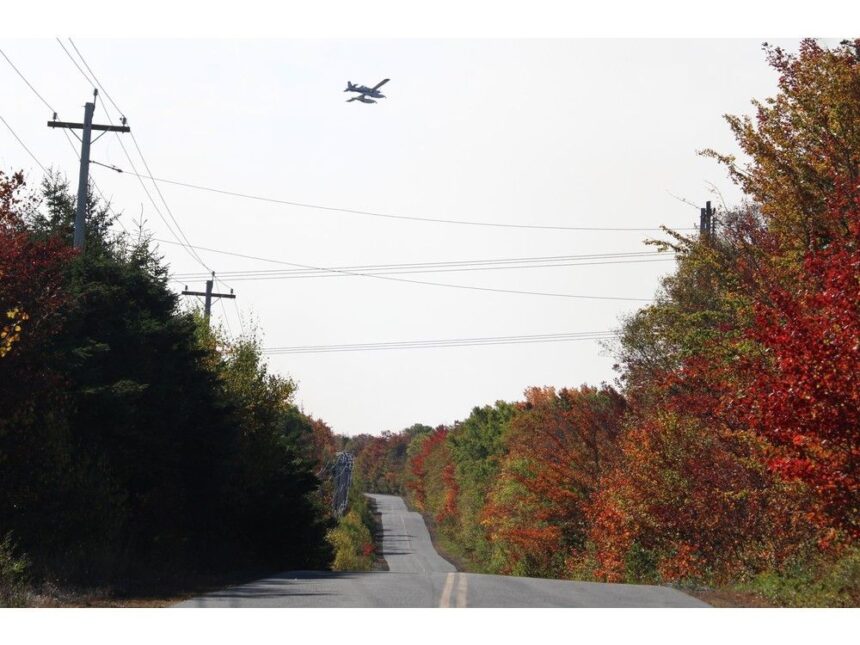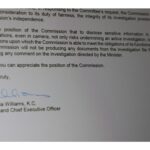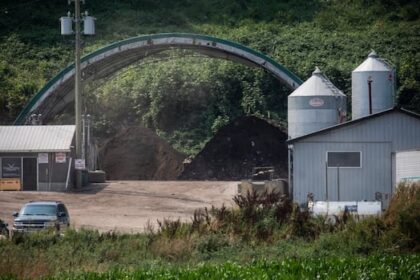A water bomber flies over Aylesford Road Sept. 30 as crews battle an out-of-control wildfire on the South Mountain. Photo by Jason Malloy /Annapolis Valley RegisterArticle contentThe Lake George wildfire size estimate has dropped, but it is still out of control and threatening properties.THIS CONTENT IS RESERVED FOR SUBSCRIBERS ONLY.Subscribe now to access this story and more:Unlimited access to the website and appExclusive access to premium content, newsletters and podcastsFull access to the e-Edition app, an electronic replica of the print edition that you can share, download and comment onEnjoy insights and behind-the-scenes analysis from our award-winning journalistsSupport local journalists and the next generation of journalistsSUBSCRIBE TO UNLOCK MORE ARTICLES.Subscribe or sign in to your account to continue your reading experience.Unlimited access to the website and appExclusive access to premium content, newsletters and podcastsFull access to the e-Edition app, an electronic replica of the print edition that you can share, download and comment onEnjoy insights and behind-the-scenes analysis from our award-winning journalistsSupport local journalists and the next generation of journalistsRegister to unlock more articles.Create an account or sign in to continue your reading experience.Access additional stories every monthShare your thoughts and join the conversation in our commenting communityGet email updates from your favourite authorsSign In or Create an AccountorArticle contentThe estimate sat at 150 hectares as of mid-afternoon Tuesday, which is down by half from Monday night. That drop was because officials were able to to get an accurate view of the fire boundary after high winds stopped blowing smoke ahead of the fire.Article contentArticle contentThe Department of Natural Resources has extended a contract with water bombing planes from the Northwest Territories to Oct. 10 to help with the suppression efforts. There are also two planes from Quebec, three helicopters and six pieces of heavy equipment.Article contentArticle content“We do want to make it safe to get people back home as quickly as we can,” DNR director of fleet and forest protection Jim Rudderham told reporters Tuesday afternoon. “It’s always very difficult for us when we have to recommend evacuations. We don’t like people out of their homes.”Article contentDepartment of Emergency Management regional operations director Andrew Mitton said the Brooklyn and Halifax fire departments sent structural protection units to the area to protect homes. Each unit can protect about 80 homes and will be set up in the areas of greatest need.Article contentNo homes or structures have been lost so far.Article contentEvacuation of farm animals and livestock is happening at farms and businesses in the area.Article contentDan Stovel, the regional emergency management co-ordinator for Kings County, said 275 civic addresses are in the evacuation zones, and 56 are under an evacuation advisory.Article contentArticle contentAbout 55 evacuees have registered at the Canadian Red Cross emergency shelter and evacuation centre so far, Stovel said, but all are asked to register even if they don’t need help.Article contentRudderham said he doesn’t know what started the fire, but there has been no lightning in the area so it had to be human activity of some sort.Article contentHe said investigators checked the area on Monday before things got bad, but there wasn’t anything to indicate the exact cause.Article contentRudderham said he’s never seen a fire burning like this at the end of September.Article content“Never in my time here have I seen this,” he said. “In most of my experience in this province, the rain starts in September and we’re pretty much done. This is a new one for me.”Article contentHe said the fire spread was fed in part by softwood trees in the forest.Article content“This fire is very similar to long Lake . . . same kinds of fuels, same kind of weather conditions, but instead of it being August, it’s September,” Rudderham said. “It’s the same everything, except that we have shorter burn periods, which is nice, it’s cooler in the morning. There is some dew.”Article contentHe said the blaze “has the same potential as Long Lake; let’s just hope it doesn’t get there.”Article contentThe fire is about two kilometres from the nearest homes.Article content
Lake George fire size estimate reduced, but 330 properties at risk












